Independent cultivation of mushrooms as a business with minimal investment

Consumer demand for mushroom products is growing steadily every year. This is due to the fact that mushrooms are not only tasty, but also a healthy food product.
Even in Ancient Greece and Rome, mushrooms were considered the food of the gods. In China and other Asian countries, the cultivation of edible mushrooms began as early as 600 AD. The first attempts to grow champignons in Europe occurred in the 17th century, continued in the 18th century, and already in the 19th century, mushroom cultivation took place on an industrial basis in many countries, including Russia.
Currently, mushroom cultivation is popular in a variety of countries. Despite the fact that many people prefer collecting forest mushroomsHowever, growing mushrooms as a business throughout the year can bring in good income. Let’s try to understand some of the features of growing mushrooms for sale with minimal investment.
Content:
- Mushroom growing, types of mushrooms suitable for cultivation
- Room and substrate for growing mushrooms
- Recipe for making your own substrate
Mushroom growing, types of mushrooms suitable for cultivation
Modern mushroom cultivation has become an independent branch of the economy. Mushrooms are grown not only on an industrial scale. There is also small-scale amateur cultivation of mushrooms for sale to the public. Industrial production can be divided into two areas.
Some businesses produce the mycelium needed to produce tel fruits, or what consumers call mushrooms. Other enterprises specialize in growing the fruiting bodies of edible mushroom species. All mushrooms that you can grow yourself can be divided:
- for saprophytes grown on organic substrates
- to mycorrhizal, developing in the presence of certain tree species
Saprophytic fungi that produce a good yield of fruiting bodies under artificially created conditions include:
- shiitake
- oyster mushrooms
- Champignon
- auricularia
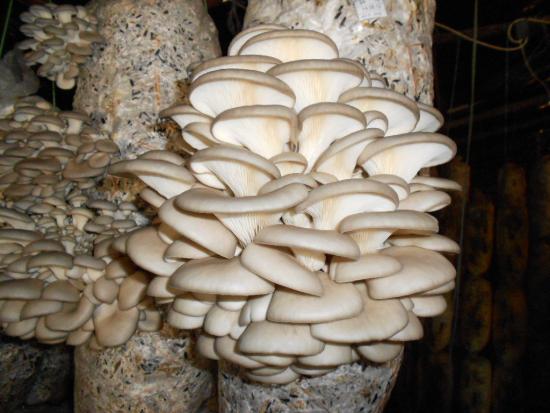
Mycorrhizal fungi include:
- truffle
- boletus
- saffron milk cap
- White mushroom
- boletus
When choosing mushroom cultivation as a business, you should take into account the fact that mycorrhizal mushrooms are most conveniently grown in the open air, therefore the period of their cultivation will coincide with the collection of wild edible mushrooms. Thus, consumer demand for mushroom products in summer and autumn will be reduced.
In addition, many mycorrhizal fungi require a significant area of planted trees of certain species. Therefore, for small-scale production of mushrooms for the purpose of selling to the population, it is better to opt for growing saprophyte mushrooms.
Room and substrate for growing mushrooms
To produce mushrooms, you need to select a special room suitable for their cultivation throughout the year. Once upon a time, the French grew champignons in old quarries in the suburbs of Paris, and Russian landowners built special premises - champignon farms.
Taking into account the fact that organizing a mushroom business still requires certain investments, it is most profitable to use a ready-made premises at the first stage.Any building with electricity and water supply is suitable for these purposes.
This is necessary to maintain temperature, humidity, sanitary conditions and ventilation. Experts believe that the room temperature should not be below 12 degrees and above 20.
It is advisable to maintain the temperature of the soil or substrate at + 17 degrees. The optimal humidity should be at 85%, temporary deviations of 5% upward or downward are acceptable.
The room must be equipped with ventilation, providing an influx of fresh air of about 2 cubic meters. m per 1 sq. m of area per hour. As a rule, for conversion to growing mushrooms the premises of the former are suitable throughout the year:
- livestock farms
- garages
- vegetable storage
- basements
- heated greenhouses
If growing mushrooms is planned as a family business and does not involve additional costs for the salaries of the involved personnel, then three to four people can ensure the uninterrupted process of growing mushrooms on an area of about 200 square meters. m.
Video on how to grow mushrooms at home for sale:
To get a harvest of mushroom fruiting bodies, you need to take care of a special nutrient substrate for the development of mycelium. After all, without its successful nutrition and growth, it is impossible to grow edible mushrooms. The most inexpensive and most popular substrates for mushroom cultivation are:
- straw of cereal crops, wheat, oats or rye, it is suitable for many saprophytic fungi, however, it is easily affected by mold
- sawdust, sawdust from oak, birch, willow, ash and fruit trees is best; they are mixed with bran to increase nutritional properties
- compost and organic residues, for example, seed husks, corn cobs, leaves;
- paper and cardboard waste
Important! It is desirable that the purchased mycelium and substrate match each other. Currently, the industry has mastered the production of special blocks. Most often these are so-called mushroom bags. Sometimes they are not only filled with substrate, but are already populated with mycelium.
Manufacturers promise up to four kg of mushrooms from one block weighing 10 kg for 2 months. You can buy blocks for growing the same champignons, which are not only populated by mycelium, but have also passed the incubation stage. Such blocks save significant time, but are quite expensive.
For one block you will have to pay about 500 rubles. Therefore, if growing mushrooms should be profitable, it is still better to prepare the substrate yourself.
Recipe for making your own substrate
It is better to start preparing the substrate with your own hands in the spring - autumn. Required:
- straw 70-80 kg
- hay or leaves 20 - 30 kg
- bird droppings 80 kg
- gypsum 6 kg
In cases where bird droppings are not available, fresh horse or cow manure can be used. Two to three days before preparing the composting mixture, the straw should be soaked in water. After this, straw and manure are placed in layers in a compost pit or a special composter.
You should get three to four layers. Every three to four days the contents are mixed and moistened. The fermentation process ends after approximately 25 days. The finished substrate should have a dark brown color, be moderately crumbly and lose the smell of ammonia.
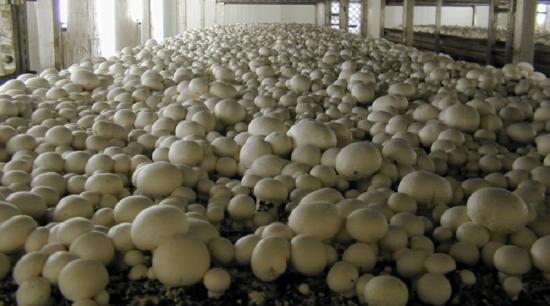
The yield of the finished substrate is about 250 kg.To grow mushrooms, all that remains is to fill special containers with them, install them in a prepared room, purchase mycelium, populate the substrate with it and, observing all the necessary conditions, grow mushrooms for sale.
Before starting a family business of growing mushrooms, it is worth studying consumer demand for these products. Perhaps, instead of champignons and oyster mushrooms, you should think about growing shiitake mushrooms, which in Asia are considered medicinal mushrooms, or rare delicacies of real truffles.

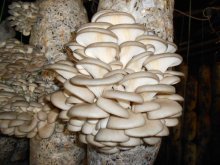
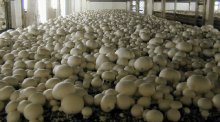
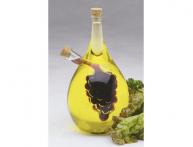
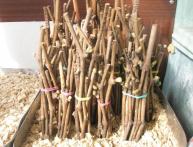
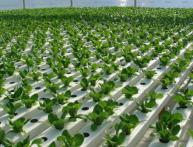
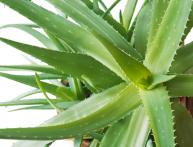



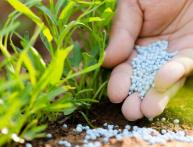
Comments
I looked at the situation with mushrooms in several cities, and there is no shortage of mushrooms grown at home. Stable sales can only be achieved by sharply reducing the price, and this requires large volumes. I tried to grow mushrooms just for my table, but it turned out to be easier and cheaper to buy them.
It’s profitable to grow mushrooms, at least for yourself, although some people then say that there’s supposedly nowhere to put them, because too many grow, we grow mushrooms, but not so many.